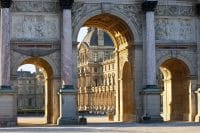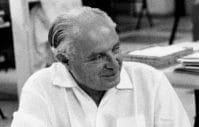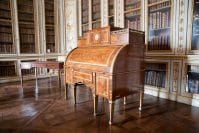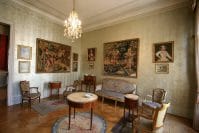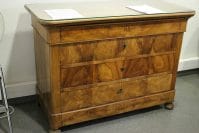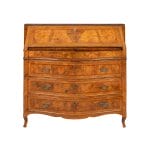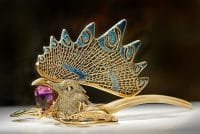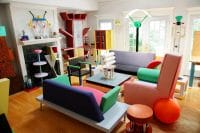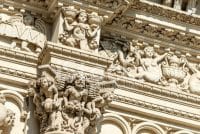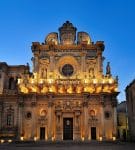Baroque and Rococo: Two Styles Compared
Baroque and Rococo they are two styles that have profoundly influenced the artistic world throughout Europe for about two hundred years, fully reflecting the cultural, political and social movements of their respective eras.
In both cases, pomp and luxury are the protagonists, giving life to majestic and elegant works capable of overwhelming thanks to their brightness and abundance of decorative elements.
The two artistic currents therefore have very similar characteristics and are often considered analogous: in reality there are differences and they will be analyzed in this comparison.
The baroque style, history and characteristics
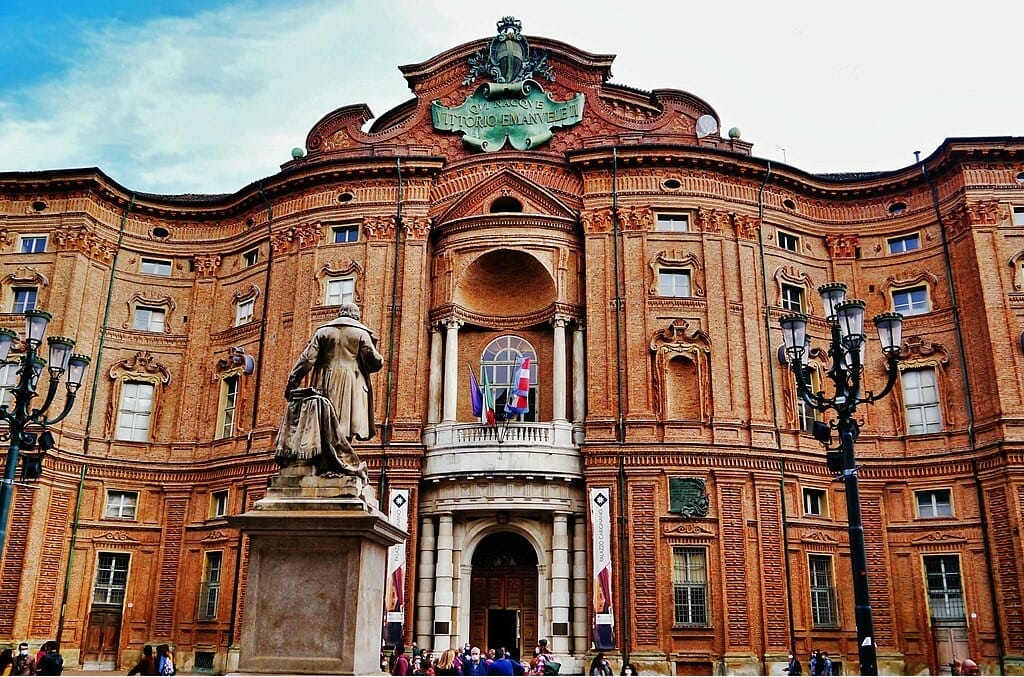
Lo Baroque it is a cultural, ideological and aesthetic movement born in Rome between the 16th and 17th centuries and capable of influencing the world of arts, literature, philosophy and music throughout Europe until the beginning of the eighteenth century.
The term baroque does not have a clear origin and it is thought that it may derive from the French term Baroque, what does it mean bizarre, or from the Portuguese word barocco, name of a particular pearl with an irregular shape.
THEmeaning that is attributed to him not it is therefore entirely positive and refers to pomp andexcess, sometimes considered in bad taste, which this style constantly seeks.
This artistic movement, in fact, developed in a rather turbulent period for the society of the time, i.e. in the years of the Counter-Reformation, marked by amendments and reform efforts of the Catholic Church in response to the birth of the Protestant Church.
A need therefore arises, which finds its maximum expression in the world of art, to reaffirm and exalt the greatness of God and holiness, focusing on the luxury, theatricality and drama of the figures represented.
- decorative elements were meant to express wealth and abundance and extensive use was made of stucco and water features.
The most illustrious exponents of this style are the masters Gian Lorenzo Bernini, Francis Borromini and Caravaggio, , although it is difficult to make a selection given the enormous quantity of artists that manages to emerge in this period.
The distinctive elements of the Rococo style
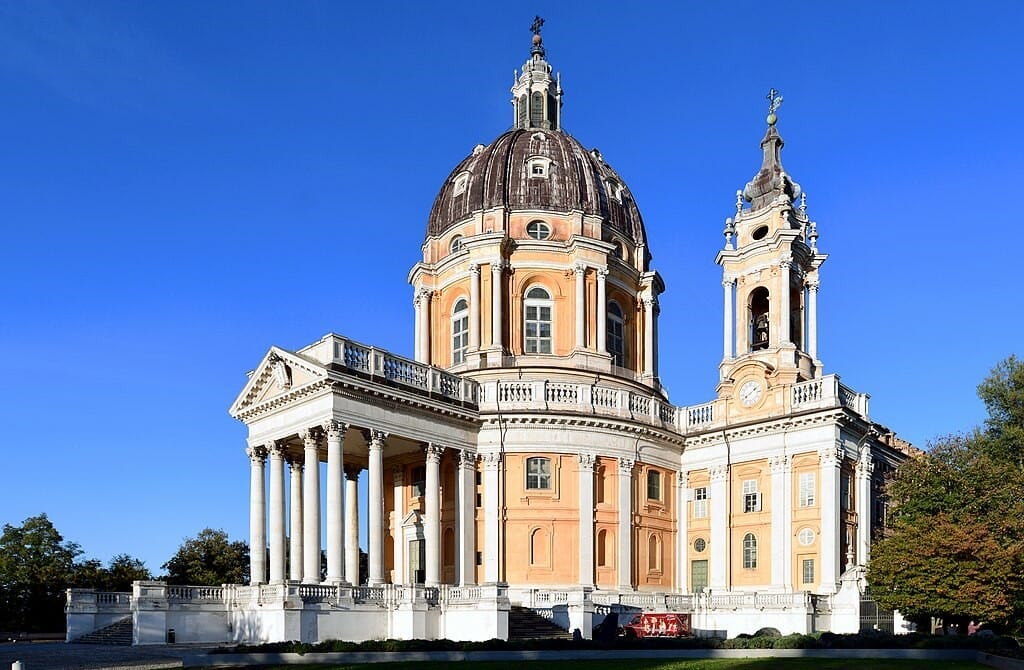
Lo Rococo style was born in France in 1715, the year of the death of the Sun King Louis XIV, and continued to spread and develop until 1789.
It fully reflects the profound social, political and cultural changes of the French eighteenth century and this is why, more than a style, can be defined as a period to all effects.
These are the years in which the Enlightenment spread throughout Europe bourgeoisie acquires more power and awareness detaching themselves from the court and the artists began to conceive their works not as artefacts intended for palaces, but as works to be exhibited in the halls available to an audience from all types of social class.
What does rococo mean? The term comes from the word rockery, literally rock garden, and refers to the use of particular artificial rocks, shells and others natural elements to decorate gardens, caves and fountains.
It is a style that is based onelegance and the asymmetry of shapes and proportions, representing a refinement taken to excess which well reflects the aristocratic environment and court life.
Everything must express brightness and pomp in the Rococo style, giving great importance to decorative elements and maintaining a softness and a general harmony.
The most used colors aregold and pastel tones and the materials used are carved wood and stucco.
Baroque and Rococo, similarities and differences
Baroque and Rococo are therefore two styles apparently similar, but which if analyzed in detail actually present numerous differences.
Both were born as an expression of the political and social ideals of the time, thoroughly reflecting an entire historical-cultural period.
Il rococo, however, can be considered as aevolution of the baroque style, both because it came chronologically later and because it takes several of its characteristics to the extreme.
In both cases we witness one search for the bizarre and detail, with a large use of floral components, shells and leaves.
- decorative elements are predominant in both styles and the aim is to represent richness and redundancy by abounding with mirrors, candelabras, tapestries, pottery and silverware.
There is no shortage of plays of light and among the protagonist colors an important role is played by gold.
The objective in the two artistic currents is express pomp and extreme luxury, but in rococo we find one delicacy and elegance that moderate the excesses of the Baroque.
So what are the clearest differences between these two styles?
Here is a table that summarizes the key points of Baroque and Rococo:
| Barocco | Rococo |
| The king and nobility are the main customers and the focus is on churches and palaces | At the center is the bourgeoisie and the aim is to decorate private life, focusing on homes |
| The most recurring themes are sanctity and the exaltation of absolute monarchy | Scenes of private life are represented, especially of bourgeois families, focusing on happiness and lightness |
| Sinuous lines | Curved and soft lines |
| Strong, bright colors and great use of gold | Pastel tones and, in addition to gold, strong use of white |
| Massive furniture and symmetrical furniture | It plays on asymmetries and the furniture is more delicate and refined |
| Pomp taken to excess | Luxury toned down by a general delicacy and elegance |
Images
https://commons.wikimedia.org/wiki/File:Basilica_di_Superga_(Turin).jpg
Paris Orlando, CC BY-SA 4.0 https://creativecommons.org/licenses/by-sa/4.0, via Wikimedia Commons
https://commons.wikimedia.org/wiki/File:Torino_Palazzo_C
Zairon, CC BY-SA 4.0 https://creativecommons.org/licenses/by-sa/4.0, via Wikimedia Commons
Further Reading:

